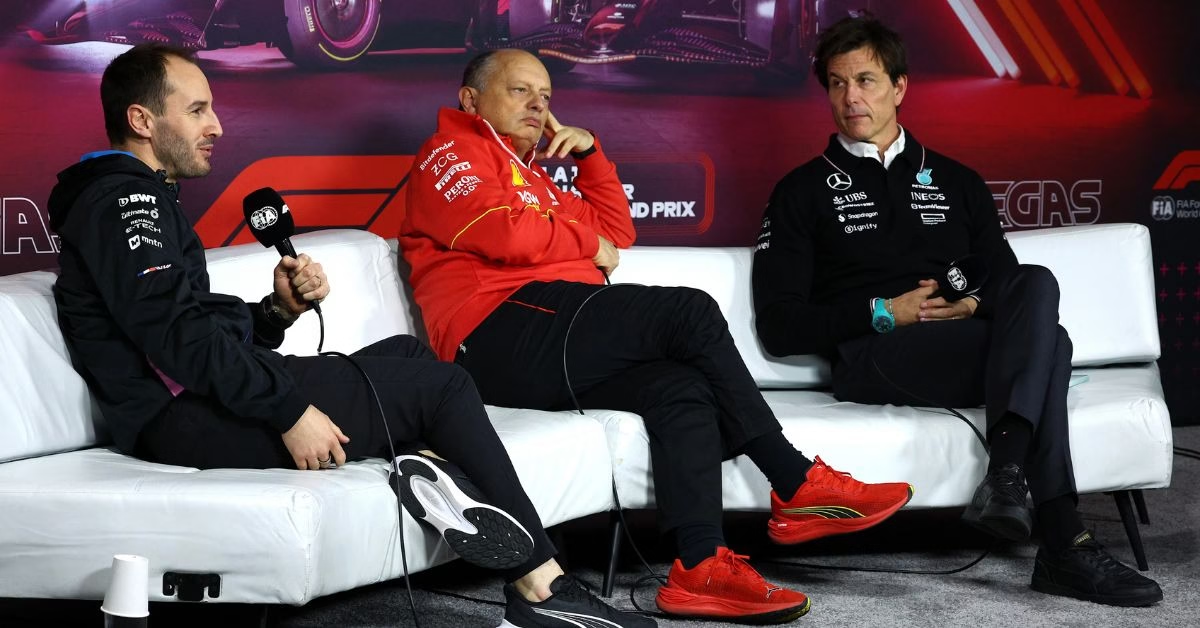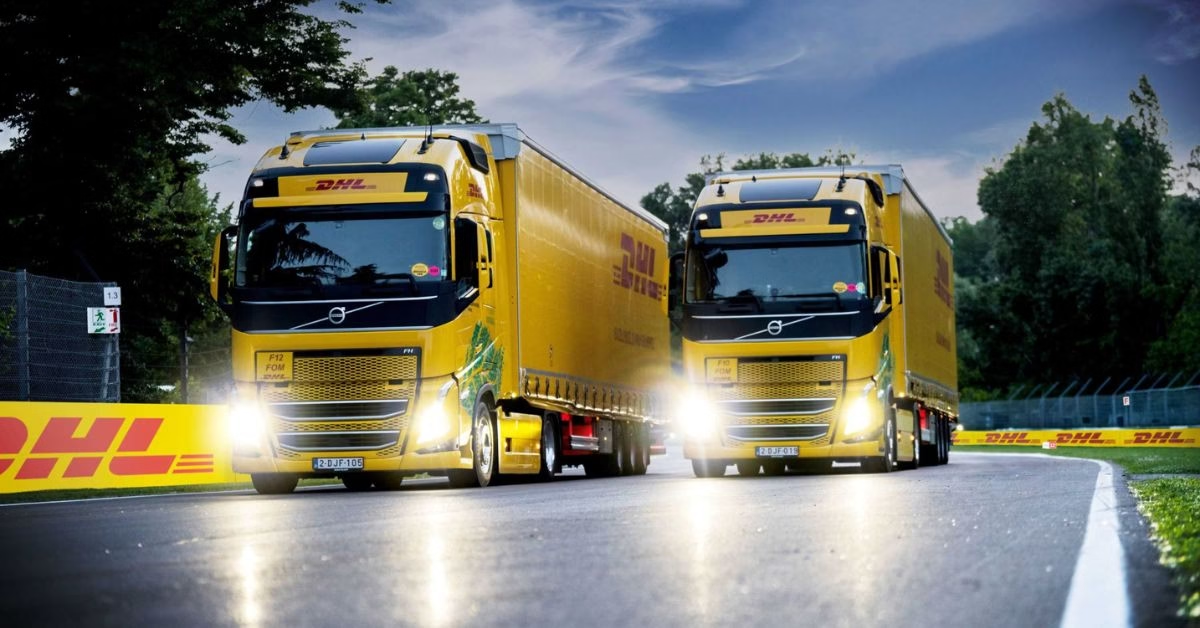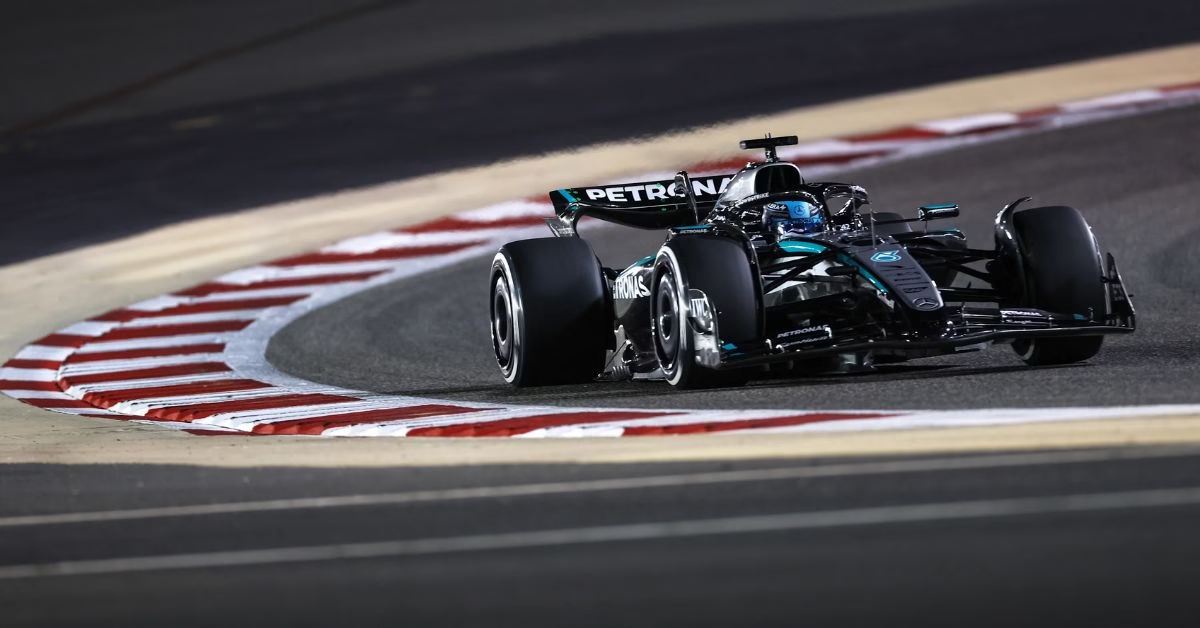The Impossible Dream of Starting an F1 Team
Formula 1 is the ultimate playground for speed, technology, and drama. It is a sport where only the best of the best make it to the starting grid. But behind the roar of engines and the flash of pit stops lies a brutal reality.
Launching a new F1 team is one of the toughest challenges in all of sport. Fans love the idea of fresh faces shaking up the paddock. However, the financial, political, and technical hurdles involved make it a nearly impossible dream. These are the challenges of starting an F1 team, and they deter all but the most determined entrants.
To understand why, we need to dive deep into the monumental obstacles that new entrants face. These range from multi-million-dollar fees to navigating the secretive Concorde Agreement and proving they have the technical firepower to compete.
Table of Contents
The Financial Fortress

The Anti-Dilution Fee: An Expensive Gatekeeper
Before a new team even fires up its first engine, it faces what might be the biggest hurdle: money. Starting an F1 team is not like buying a race car. It is more like building an entire high-tech factory and maintaining it on a global scale. It all begins with the infamous anti-dilution fee.
- This fee acts as a gatekeeper.
- It is a buy-in payment required from new teams to compensate existing teams for splitting the prize money pot.
- While the exact figure is debated, reports suggest Cadillac agreed to pay around $450 million just to join.
- This amount is nearly half a billion dollars given directly to teams already on the grid, protecting their share of the sport’s lucrative revenue.
The Annual Costs: More Than Just an Entrance Fee
The anti-dilution fee is only the beginning. Running a competitive team costs hundreds of millions each year. These budgets cover:
- Research and development
- Building cutting-edge factories
- Paying top engineers
- Traveling across continents
Even with the current budget cap of roughly $135 million annually, success demands enormous investment and financial discipline. New teams often struggle to balance these demands with limited sponsorships and prize money. This is especially true since the Concorde Agreement tends to favor established teams financially.
The Political Labyrinth

What is the Concorde Agreement?
Money is not the only barrier. Politics play a massive role too. The Concorde Agreement is the secret backbone of Formula 1. It governs everything from revenue sharing to team approvals. It is a confidential contract between:
- The FIA (the sport’s governing body)
- Formula One Management (FOM)
- The teams
The Two-Step Approval Hurdle
For a new team, this creates a two-step approval process:
- The FIA is usually more welcoming, seeing new entries as a way to grow the sport.
- FOM and the existing teams often resist because a new team means slicing the prize money pie into smaller pieces.
Established teams hold real power here. They can block or delay entrants if they feel threatened. This political tug-of-war means even well-funded, technically capable teams can get stuck in a maze of negotiations. This can delay or completely halt their F1 dream.
Technical and Logistical Hurdles

Meeting FIA Standards
If a team clears the financial and political gate, the challenge only intensifies. The FIA F1 team application process demands proof that a team can meet strict technical and operational standards.
Engineering a Competitive Car
Building an F1 car from scratch is one of the most complex engineering feats in the world. A team must:
- Design, manufacture, and continuously develop a cutting-edge car
- Follow ever-evolving regulations
This requires:
- State-of-the-art wind tunnels
- Simulators
- Factories
- Hundreds of skilled engineers, mechanics, and strategists
Managing Global Operations
Formula 1 races on a brutal global schedule—24 races in diverse locations across five continents. Teams must:
- Create a logistical machine capable of moving tons of equipment and personnel with military precision
- Manage supply chains
- Recruit talent
- Maintain a motivated workforce
This adds layers of complexity few new teams can handle.
The Competitive Landscape
New teams do not just race cars. They race against history. The paddock is filled with well-established teams who have:
- Decades of experience
- Data
- Infrastructure
These giants have deep pockets and fierce rivalries that push them to innovate constantly.
For newcomers, this means intense pressure to perform from:
- Sponsors
- Fans
- Internal management
Poor results can quickly dry up funding and enthusiasm. Breaking into this elite circle requires not just resources but clever strategies, patience, and a bit of luck.
Learning from History

Failed Teams
The story of starting an F1 team is filled with cautionary tales. Teams like USF1 and Caterham show how even promising projects can collapse under financial strain and logistical challenges.
- USF1, hyped as America’s next big thing in 2010, never even raced.
- Caterham managed five seasons but folded due to money problems.
Successful Teams
On the flip side, the Haas F1 Team offers a blueprint for survival. Joining in 2016, Haas partnered closely with Ferrari to outsource many technical aspects. This:
- Drastically cut costs
- Sped up development
This innovative approach let them compete from day one—a rare success story proving the impossible is not out of reach.
Conclusion: Why Starting an F1 Team Remains a Monumental Challenge
Starting an F1 team is more than a financial gamble or a technical challenge. It is a battle against a fortress of money, politics, and engineering. Only those with enormous resources, savvy strategy, and relentless determination survive.
This harsh reality makes the entries of manufacturers like Cadillac and Audi truly historic achievements. Understanding the mountain they had to climb gives us a new appreciation for what it takes to join Formula 1’s exclusive club.

